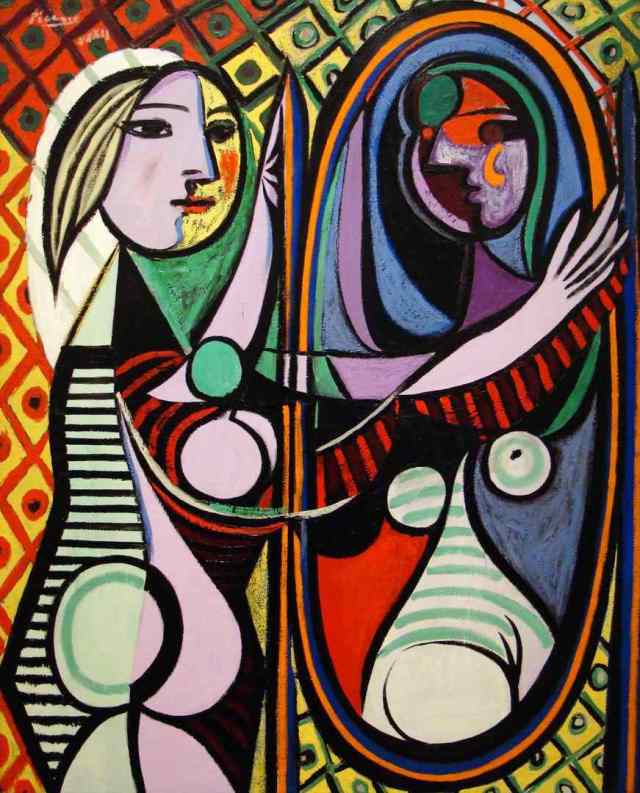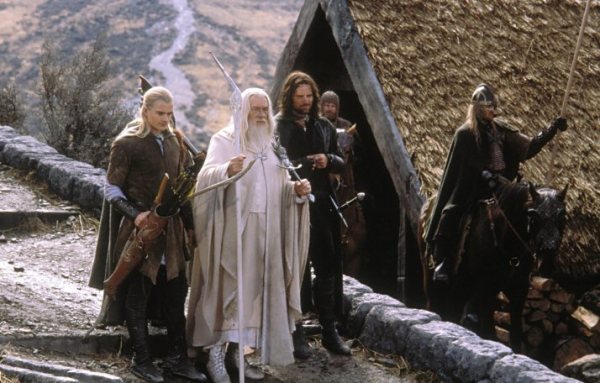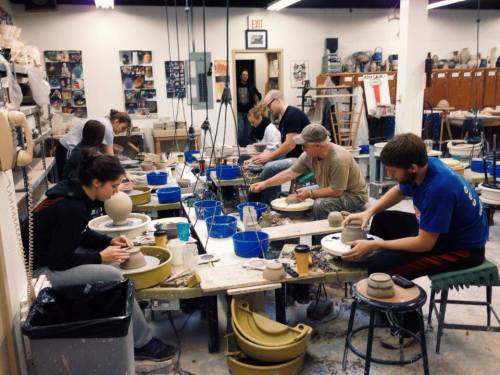In the book It Was Good: Making Art to the Glory of God, Tim Keller writes a chapter on the subject of why artists are needed in the world, particularly in the church. He makes some large claims regarding art and its role in praising and enjoying God and understanding truth. Whether these are completely valid or not (I’m sure some people could make some legitimate arguments), he does make some great points regarding the need for art in the church, and the importance of artists working in community.
I want to spend the majority of this post reflecting on the latter topic, but first there are some important ideas to present before doing so. Keller elaborates on the idea that artists are present and needed because they are able to “stimulate imagination and show that things have meaning.” This imagination allows them to take a truth and visualize it, therefore allowing others to gain an understanding of a particular truth that they may not have had otherwise. Obviously many artists throughout history and today hold this kind of imagination. One in particular is Pablo Picasso: from his imagination, he translated Cubism in visual terms for the world to see. He provided a whole new way of seeing in art with this style, and it influenced much of the artistic world from that point on. His method of painting, though, did not represent the world is realistic ways. His philosophy was that “art is a lie that makes us realize the truth.” Whether or not his motives were “Christian,” he no doubt challenged viewers to think about what is true through his painting.

“Girl Before a Mirror” – Pablo Picasso
http://www.pablopicasso.org
This imagination and visualization is needed in the Church because art allows the Church to reach the world in a way that intellect cannot. Of course, each individual artist is very different in their gifts, skills, and imagination. This brings me to the concept of the importance of community within artists.
Keller focuses greatly on the Inklings, a group of literary artists who gathered regularly to discuss literature, philosophy, and talk about their own works of progress as many of them were writers. In this group, C.S. Lewis, J.R.R. Tolkien, and Charles Williams were the main players. Before diving into the topic of community that Keller presents, it is obvious already how this community shaped the largely influential writings of Lewis and Tolkien in particular. Their books have reached millions through the centuries, and now many movies have been created based on them. Arguments against how important the community of the Inklings had on these writings would be slim to none.

One of Tolkien’s greatest series, the Lord of the Rings trilogy, has been made into some epic feature films. His original artwork, completed while consulting with the Inklings, has ushered the way for even greater collaborative efforts of artists to create the movies. Both the books and the movies have now reached millions around the world.
Keller focuses, though, more on the death of Williams and how it affected the community of the Inklings, Lewis and Tolkien in particular. Lewis discovered that when he lost Williams, he lost a part of Tolkien as well because only Williams could bring out a certain laugh from Tolkien. Living in community is crucial because different people bring out various characteristics of others. As artists, not only can we offer critique or advice to bring about the best in another’s work, but just our presence may inspire something in another. The beauty of community is that everyone is unique, and when unique people come together, the world becomes a lot more colorful.

This photo is from a recent event in which a community of potters and other artists came together to throw 2,200 bowls as a fundraiser to help a professor who suffered from a stroke. While making one bowl after another may seem insignificant for one potter alone, a great feat was conquered when a community of potters who did their part came together. If you’re interested to learn more about this event, visit this page:
https://www.facebook.com/emptybowlsdocumentary
Furthermore, Keller makes the analogy of each artist’s skill being like a leaf on a tree. Alone, all we can see as artists is one tiny part of the picture. We may have our skill perfected, but it still only contributes a small portion to society in the scheme of all art. When artists come together, though, bringing their various skills, the leaves come together and the tree is completed. It is impossible for one artist to do everything, but many artists together can do great things. We all must do our part, whether that is sculpting, painting, printmaking, etc. And we must have some sort of community to make our part the best it can be.
Sources:
Bustard, Ned, ed. It Was Good: Making Art to the Glory of God. 2nd ed. Baltimore, MD: Square Halo, 2006. Print.
Carpenter, Humphrey. The Inklings: C.S. Lewis, J.R.R. Tolkien, Charles Williams, and Their Friends. New York: Ballantine, 1981. Print.
“Pablo Picasso and His Paintings.” PabloPicasso.org. N.p., n.d. Web. 24 Nov. 2013. <http://www.pablopicasso.org/>.

Wonderful summary of the chapter. I like how you talk about three very different topics to give insight about your topic. Picasso was far from a Christian but I think your point is clear that his art shows us with imagination a new view of things, something the church should embrace and endorse. It’s very nice how you end your post with the empty bowl project for Doug. That really is a bunch of folks coming together to do something for the greater good, and to demonstrate a greater truth. In a sense, Doug’s stroke has brought out something good that may have not shown up otherwise, and given us an exercise in the here and now as to what art can be really about. Nice work here, and I like the image of you all in the ceramics lab!
I liked how you brought the throw-a-thon. It definitely solidified your points on community. I agree in your point how artists connect to the imagination and help the church body see through different eyes. This is what helps the community grow and learn together.